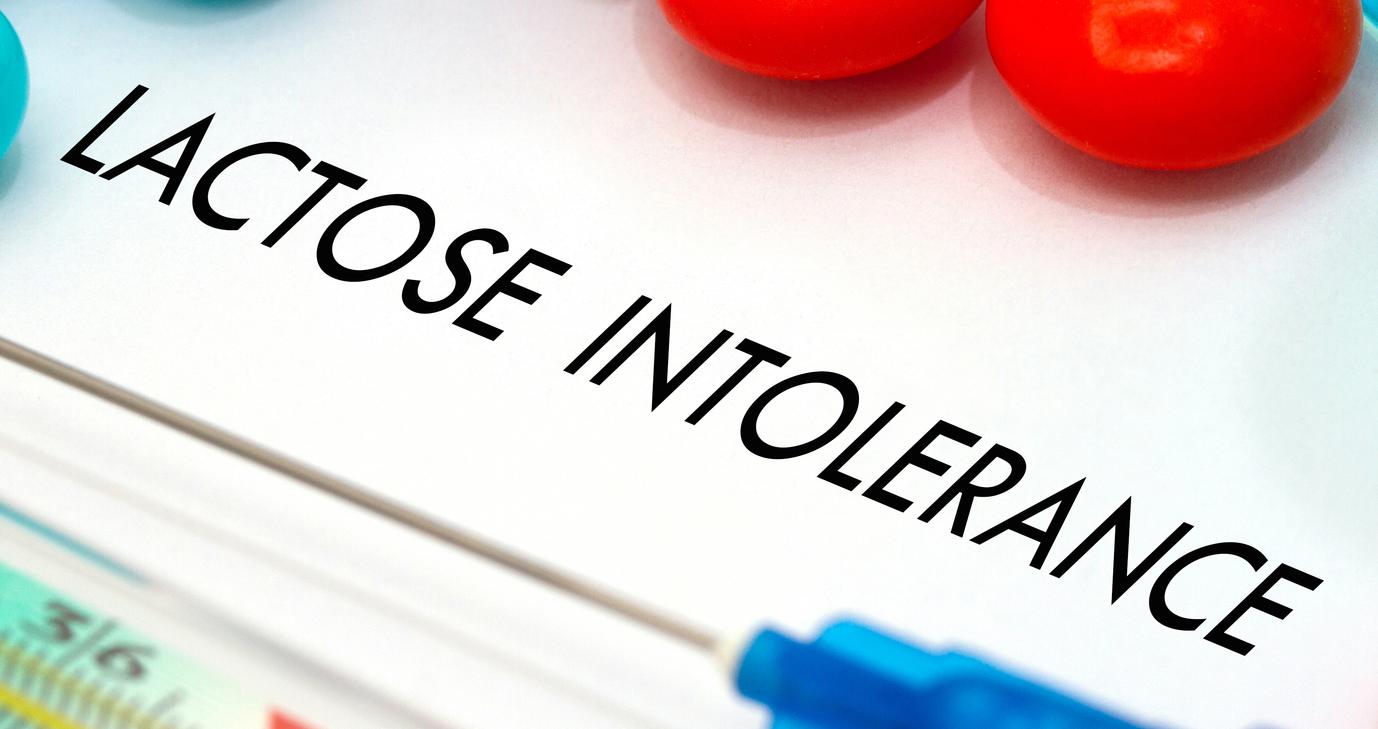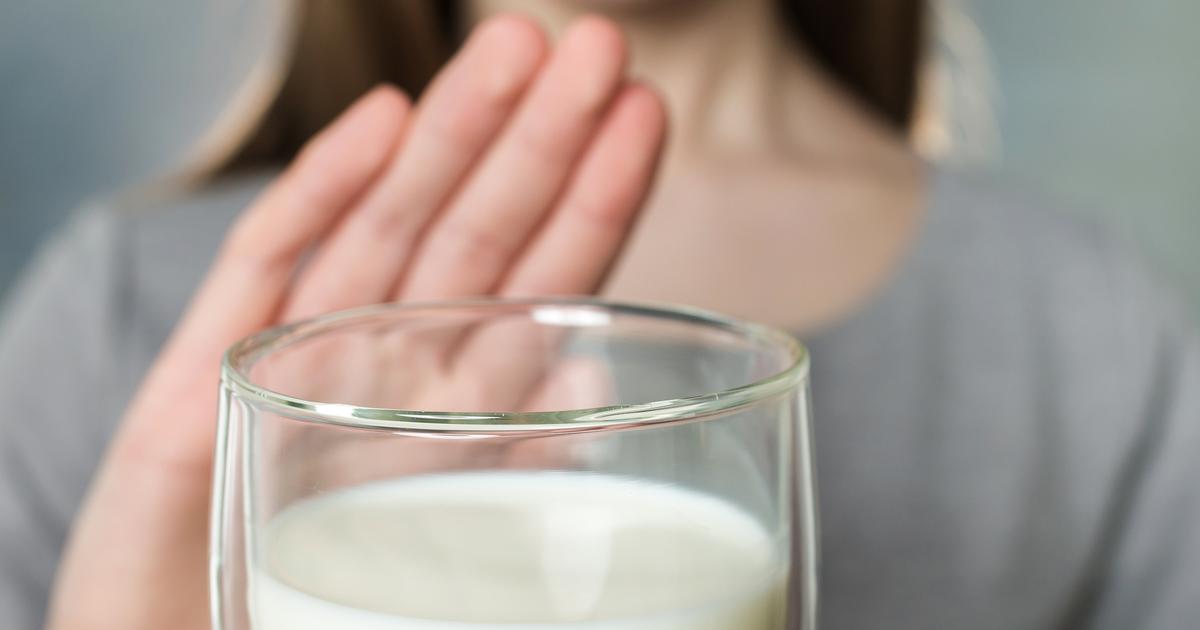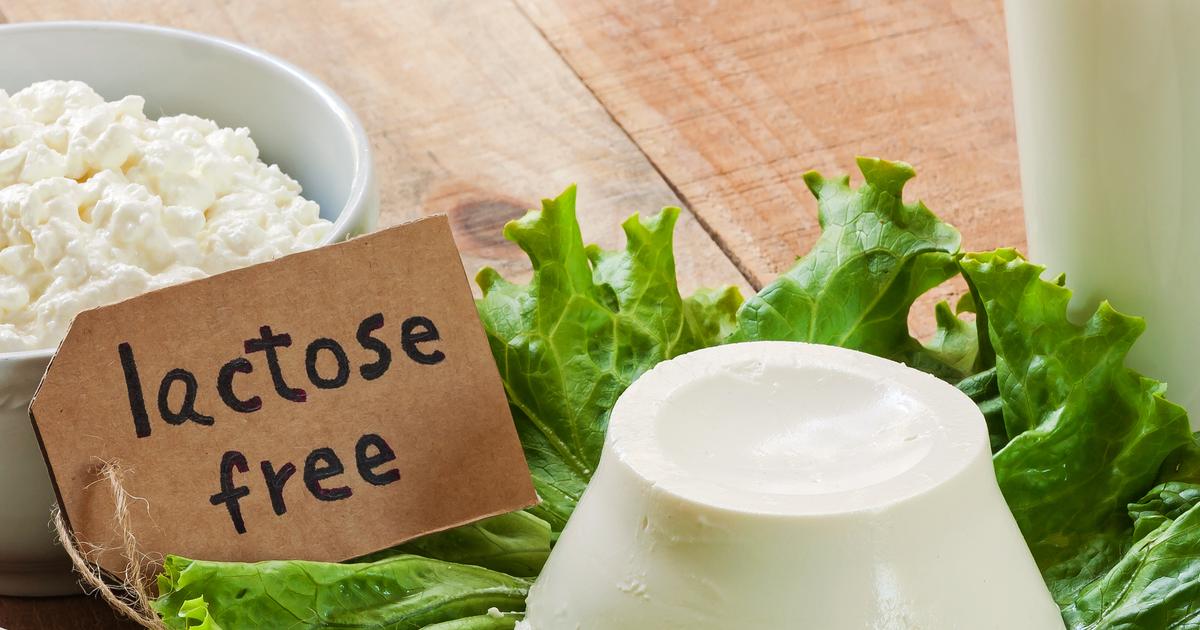What Is Hypolactasia?
Hypolactasia is a deficiency in enzymes that can lead to lactose intolerance and malabsorption. Adult-type lactase deficiency or lactase non-persistence is the most common deficiency in enzymes that can cause malabsorption of lactose and overall lactose intolerance. When bacteria from the undigested lactose ferments in the colon, an affected individual will experience gas bloating, loose stools, and an increase in motility. Motility is the word used for the contractions of the digestive muscles, and increased contractions mean more cramping and intestinal distress. Doctors diagnose hypolactasia by looking at genetics, clinical symptoms, and performing different tests. The main treatment is to make diet adjustments to the amount of lactose consumed. Most individuals fare best from having little to no lactose in their diet.
Link To Lactose Intolerance

Hypolactasia is one of the leading causes of lactose intolerance, which occurs when the body has trouble digesting lactose, a sugar found within dairy products. Lactose is comprised of two simple sugars. Some individuals with lactose intolerance can handle a little lactose in their diets before they develop symptoms, while others cannot tolerate any lactose at all. There are a variety of symptoms of lactose intolerance, including nausea, gas, diarrhea, bloating, and abdominal pain. Individuals with lactose intolerance will typically start experiencing symptoms from a half-hour to two hours after they ingest dairy products. While lactose intolerance doesn't cause permanent damage to the digestive system, it can be very uncomfortable or even painful. Doctors recommend treating lactose intolerance by eliminating lactose from the diet. Doing this typically causes symptoms to be either resolved or dramatically reduced. Individuals may be born with lactose intolerance, or they may develop lactose intolerance as they get older. All types of lactose intolerance are related to a lack of lactase. This enzyme is located in the small intestine and is responsible for breaking lactose into galactose and glucose, which are sugars the body can then process.
Keep reading to learn about the link between hypolactasia and other conditions next.
Link To Other Conditions

Hypolactasia occurs when the body doesn't produce enough lactase to break lactose down into digestible sugars, leading to cramping, bloating, nausea, gas, and diarrhea. Though hypolactasia is best known for causing lactose intolerance, it may have a link to other conditions as well. Certain conditions increase an individual's risk of developing hypolactasia. In rare cases, infants can inherit a genetic inability to create any lactase whatsoever. This can be serious, since infants receive all of their nutrition from milk. For a child to be affected by the disease, both the father and mother must pass on a gene for it. There's also secondary lactose intolerance, which occurs when the small intestine stops producing as much lactase following a certain illness. Some individuals experience this after surgeries or injuries to the small intestine. Crohn's disease, bacterial overgrowth, and celiac disease are all conditions that can lead to secondary hypolactasia.
Uncover the major symptoms of hypolactasia now.
Symptoms Of Hypolactasia

We know the enzyme lactase is responsible for breaking lactose down into simple sugars the body can use. When the body doesn't have enough lactase to break down the lactose, it leads to discomfort throughout the digestive system. Rather than being digested and broken down properly, undigested lactose passes through the digestive system and moves into the colon. From there, digestive bacteria ferment when they aren't supposed to, which is what causes the symptoms of hypolactasia and lactose intolerance. Individuals may have gas and experience bloating in their lower abdomens. They may also have loose stools and diarrhea, along with an overall increase in motility issues. The symptoms caused by hypolactasia do not tend to be dangerous, and there shouldn't be any damage or danger to the digestive system. With that said, if there is an underlying condition at play, that condition may cause more concerning symptoms. If individuals experience intestinal distress that doesn't resolve when they cut out lactose, they should talk to a doctor to make sure nothing more serious is at play.
Discover the causes of hypolactasia next.
Causes Of Hypolactasia

There are three main types of hypolactasia, each of which is caused by different circumstances. Different factors affect each type, and the severity is also varied across all three types. Some patients may only experience symptoms after consuming a lot of dairy, while others may need to cut dairy out of their diet entirely to avoid having symptoms. Primary hypolactasia is the most common kind, and individuals with this type start their life with more than enough lactase to get by. This is necessary for infants, since they receive all their nutrition through breast milk. However, as milk is replaced with other foods, the body's production of lactase goes through a natural decrease. In a normal digestive system, there's still enough lactase to digest the amount of dairy found in the average adult diet. However, with primary hypolactasia, there's a much sharper dropoff in lactase production. By the time these patients reach adulthood, they have a harder time with digesting dairy products. In secondary lactose intolerance, the body stops producing as much lactase after there's been surgery, illness, or injury to the small intestine where lactase is normally produced. In congenital hypolactasia, the rarest form, infants are completely unable to produce lactase due to a genetic condition.
Get familiar with treatment options for hypolactasia now.
Treatment Options

The most common form of treatment of hypolactasia and lactose intolerance is to reduce or eliminate the amount of lactose in an individual's diet. This is also the typical diagnostic tool. If symptoms resolve after the affected individual stops eating dairy, then they've isolated the source of their intestinal issues. Most individuals don't have to cut dairy out of their diets entirely. Instead, they can get by with low-lactose milk or no-lactose milk.
Right now, there isn't any way to boost the amount of lactase the body produces permanently, those some medications help deal with it temporarily. There are some powders and liquids available that can be added to normal milk to break down the lactose before individuals drink it. There are also lactose-reduced ice cream options. Individuals must simply pay attention to the amount of lactose in their servings.